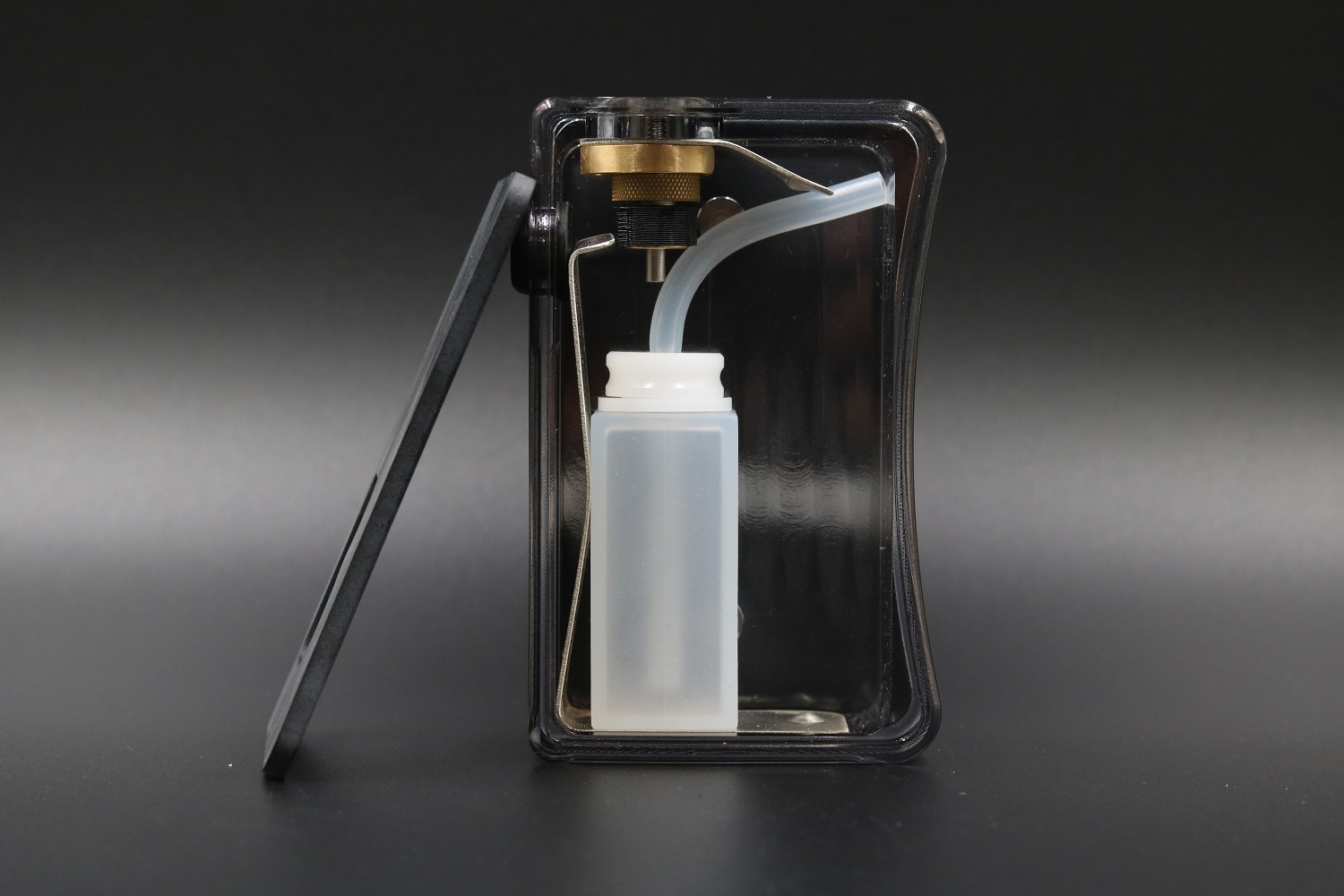

Porous MOF-808@PVDF beads for removal of iodine from gas streams†
 *b Song Zhao,
*b Song Zhao,  b Songtao Xiaoa and Yinggen Ouyang*a
b Songtao Xiaoa and Yinggen Ouyang*a * Corresponding authors
a Department of Radiochemistry, China Institute of Atomic Energy, Beijing 102413, China
E-mail:oyyg@ciae.ac.cn
b State Key Laboratory of Chemical Engineering, Tianjin Key Laboratory of Membrane Science & Desalination Technology, School of Chemical Engineering and Technology, Tianjin University, Tianjin 300350, China
E-mail:zhang_wen@tju.edu.cn
Abstract
The removal of radioiodine from the exhaust gas streams produced in spent fuel reprocessing plants is of paramount importance for the nuclear fuel cycle's security. Here, millimeter-sized poly(vinylidene fluoride) (PVDF) composites containing zirconium-based metal–organic frameworks, MOF-808, were synthesized by a facile phase inversion method to adsorb the volatile iodine. MOF-808@PVDF composites have inherited the crystallinity and pore accessibility of MOF-808, as well as its outstanding iodine capture performance. The MOF-808@PVDF composite beads containing 70 wt% MOFs, exhibited ultrahigh iodine adsorption capacity, 1.42 g g−1 at 80 °C, much higher than other millimeter-sized adsorbents reported in the literature. Raman mapping suggests that the negative iodine ions were formed at the early stage of iodine adsorption, while the close-packed iodine molecules were subsequently trapped in the frames. Using dynamic adsorption, the influences of iodine concentration, operating temperature and humidity were analyzed to evaluate its application potential in industrial conditions. The iodine adsorption capacity could reach 1.36 g g−1 at 80 °C, 100 °C and 120 °C in flow gas. And the elevated temperature (120 °C) is beneficial to accelerating the mass transfer of iodine vapor, as well as slightly inhibiting the competitive adsorption of water molecules under humidity. Besides, only one-third of the loaded iodine was released in nitrogen purging after saturated adsorption. The remaining majority was trapped firmly by the beads due to their strong interactions with the frameworks. This work highlights the millimeter-sized MOF-808@polymer composite beads with ultrahigh iodine adsorption capacity, providing experimental references for their application in radioiodine removal from hot and moist streams.

 Please wait while we load your content... Something went wrong. Try again?
Please wait while we load your content... Something went wrong. Try again?Article information

Porous MOF-808@PVDF beads for removal of iodine from gas streams
This article is licensed under a Creative Commons Attribution-NonCommercial 3.0 Unported Licence. Material from this article can be used in other publications provided that the correct acknowledgement is given with the reproduced material and it is not used for commercial purposes.
Reproduced material should be attributed as follows:
- For reproduction of material from NJC:
[Original citation] - Published by The Royal Society of Chemistry (RSC) on behalf of the Centre National de la Recherche Scientifique (CNRS) and the RSC. - For reproduction of material from PCCP:
[Original citation] - Published by the PCCP Owner Societies. - For reproduction of material from PPS:
[Original citation] - Published by The Royal Society of Chemistry (RSC) on behalf of the European Society for Photobiology, the European Photochemistry Association, and RSC. - For reproduction of material from all other RSC journals:
[Original citation] - Published by The Royal Society of Chemistry.
Information about reproducing material from RSC articles with different licences is available on our Permission Requests page.

-
-
-